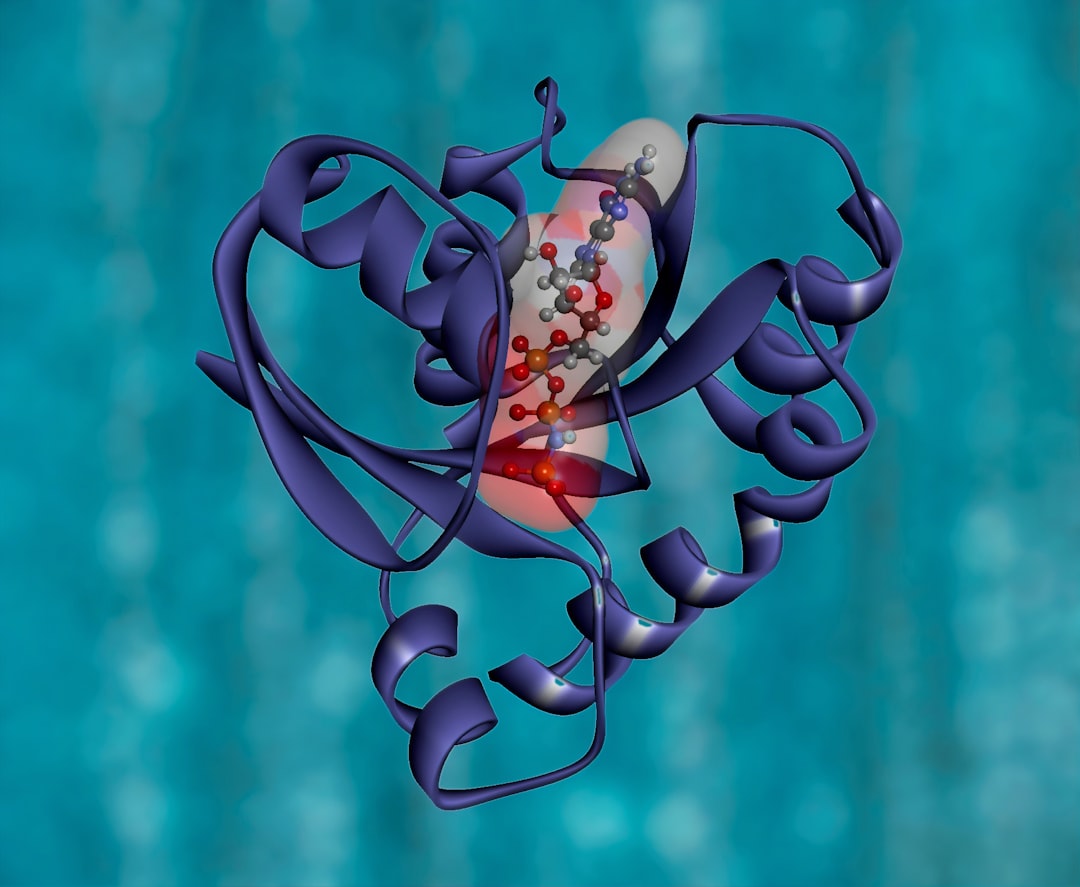What is it about?
The cellular lectins DC-SIGN and DC-SIGNR bind to glycans present on Ebola virus and can augment viral entry into cells. This study shows that quantum dots (QD) displaying a dense array of glycans allow to dissect the multivalent protein-glycan interactions underlying ligand binding to DC-SIGN/R. Moreover, the research demonstrates that QDs can be used to block augmentation of Ebola virus cell entry by DC-SIGN/R.
Featured Image
Why is it important?
The study establishes quantum dots (QD) as powerful tools to study multivalent lectin-ligand interactions. It also suggests that QD or related reagents can be used to block lectin-dependent augmentation of host cell entry of Ebola virus and likely other viral pathogens.
Perspectives
Entry of Ebola virus into cell lines can be augmented by several cellular lectins, at least upon lectin overexpression. However, it is much less clear whether these lectins are endogenously expressed in viral target cells and promote viral spread in the infected host. Experiments with knock-out mice might clarify this issue.
Professor Stefan Pöhlmann
German Primate Center
Read the Original
This page is a summary of: Dissecting Multivalent Lectin–Carbohydrate Recognition Using Polyvalent Multifunctional Glycan-Quantum Dots, Journal of the American Chemical Society, August 2017, American Chemical Society (ACS),
DOI: 10.1021/jacs.7b05104.
You can read the full text:
Contributors
The following have contributed to this page










